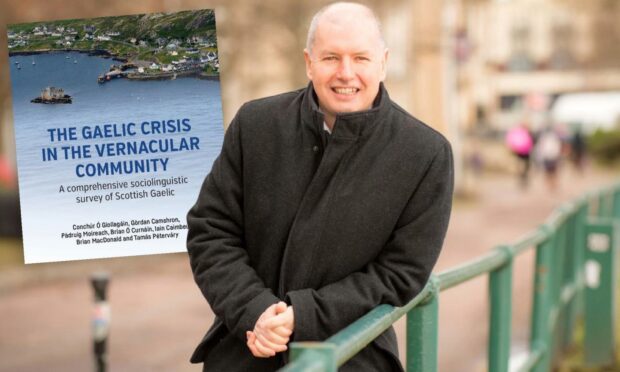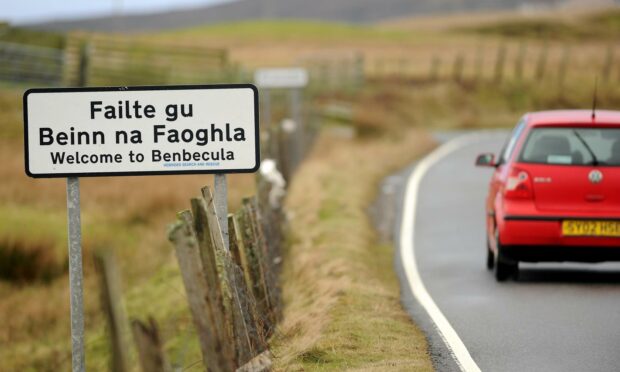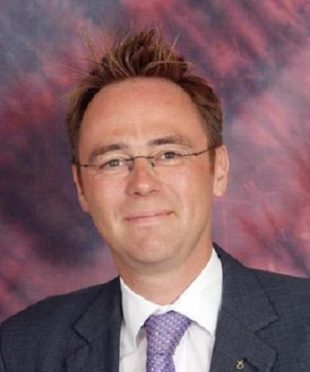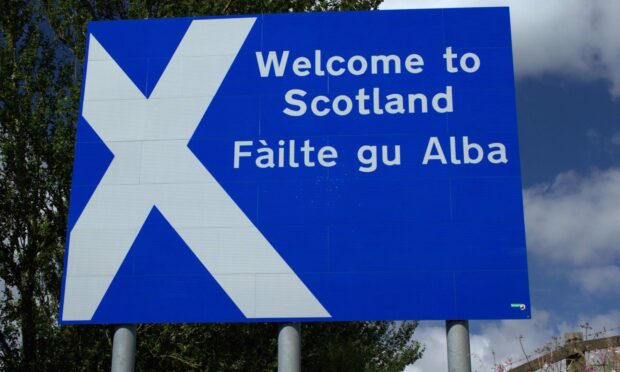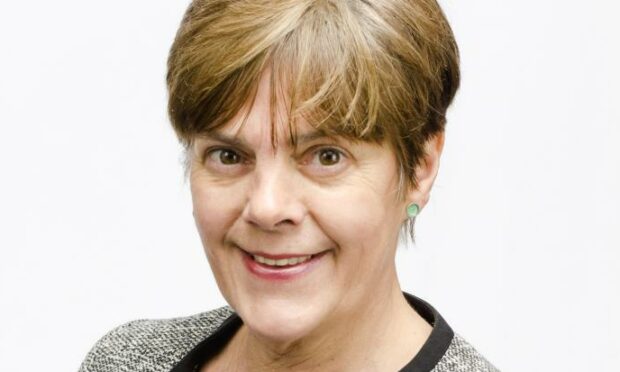Today marks one year since a study was published warning that Gaelic was at risk of collapse within a decade.
The Gaelic Crisis in the Vernacular Community was compiled by researchers from the University of the Highlands and Islands (UHI) Language Sciences Institute and Soillse, a multi-institutional research collaboration.
It was said to be the most comprehensive social survey on the state of Gaelic communities ever conducted.
The findings seemed to set alarm bells ringing. But 12 months on, what has changed?
According to the report’s author Conchúr Ó Giollagáin, not a whole lot.
‘Language could collapse within a decade’
Mr Ó Giollagáin, professor of Gaelic research at UHI, believes there is still an impasse between Gaelic bodies and island communities over language decision-making.
He said there is need for “root and branch reform” and that new thinking and alternative views on a way forward should be considered.
‘The Gaelic Crisis in the Vernacular Community’ was published on July 2 last year.
Researchers studied the use of the language in the Western Isles, in Staffin in Skye and in Tiree. In these areas, Gaelic speakers could total just 11,000, most of them over 50.
The report warned Gaelic will collapse as a viable community language within a decade unless a radical new approach is taken to revitalise it.
Campaigners say Gaelic-speaking communities have been ignored and marginalised by policy makers and called for more local decision-making.
But development agency Bòrd na Gàidhlig says it already supports these communities and efforts to increase the use of Gaelic.
‘Despite all the consultation, there has been no real progress’
Asked if there has been progress since the report, Prof Ó Giollagáin said: “Not really, no. There has been a significant amount of consultation, mainly led by politicians but by Gaelic bodies as well.
“But despite all the consultation there has been no real progress. We still have not got to the stage where we are discussing concrete proposals to deal with the level of crisis.”
He said “vested interests” comfortable with the status quo are now competing with new voices seeking an alternative approach.
The new voices articulating demands for new approaches don’t feel they are being listened to.”
Prof Conchúr Ó Giollagáin
“What’s emerged is that we are in stasis. The state bodies don’t know how to move forward on this issue and some of the reactions to the evidence of the level of crisis an indicated in the book has been quite defensive.
“The new voices articulating demands for new approaches don’t feel they are being listened to.”
Have Gaelic-speaking communities been neglected?
“We have to return to the issue of consultation where the debate is open and all views critical and sympathetic are listened to and taken aboard.
“The onus now is on the political leadership in Scotland. The impasse has to be broken somehow.”
A community activism group Guth nan Siarach was set up this year.
In an open letter to new education secretary Shirley-Anne Somerville, signed by 650 people, it claimed civil servants had “sidelined” the crisis.
It said: “While Scotland, its academic institutions and its tourism sector benefit enormously by association with our linguistic cultural group in our Islands setting, we are effectively excluded from the decision-making processes for our native language in its own place.”
Founding member Jane NicLeoid said Gaelic-speaking communities have been neglected.
She called for “deeper discussions” on a community trust or civic assembly to give locals a voice.
She said: “Some form of autonomous organisation is needed in the Western Isles for vernacular Gaels.
“The report made it clear that policies and practices were doing a disservice. They were systematically minoritising us further rather than helping.”
Màrtainn Mac a’ Bhàillidh, from the campaign group Misneachd, said “not a huge amount has happened” since the publication of last year’s report.
“There has been a change in some of the rhetoric, particularly in the political parties’ manifestos before the election.
‘There has been some change in the rhetoric’
“You get the sense the discussion around the report has had some impact at that level. The question now is can the government be held to the manifesto commitments?”
He said there is a tendency to view Gaelic in terms of education and the cultural aspects of broadcasting and music.
“In island communities, most of the people who use the language every day – crofters, fishermen, people in shops and garages – have no real connection to that world essentially.
“There needs to be a recognition that a native language in communities is based on issues like housing, jobs rural development and infrastructure.”
In the wake of the crisis report, a series of community conversations were held by MSPs including Western Isles member Alasdair Allan.
He later said pressures on Gaelic were a metaphor for broader challenges facing islanders, including population decline, a lack of jobs and affordable housing.
Mr Allan secured a debate last week in the Scottish Parliament on Bòrd na Gàidhlig’s consultations on the next National Gaelic Language Plan.
He believes things have moved forward since the crisis report, with the conversations generating positive debate.
“It’s allowed a proper discussion about what kind of policies work for Gaelic in Gaelic-speaking communities.
“The report injected a bit urgency into the question of what to do to arrest the decline in Gaelic where it’s at its sharpest.
‘The government is responding’
“I’m much more confident than I have been. I think the government is listening, understanding and responding.”
He added: “In the past we have quite rightly emphasised the cultural importance of Gaelic and what Gaelic can do for the culture and the economy.
“What we haven’t really talked about so much is what it takes in terms of policy to make sure that there is a thriving community in the Highlands and Islands in the future.”
What happens next?
Shona NicIllinnein, CEO of Bòrd na Gàidhlig (BnG), said the issues highlighted in the crisis report did not come as a surprise.
She said a key message in the language plan is that more people are using Gaelic more often and in more situations.
It also recognised that island and rural communities need different support and strategies to communities in towns and cities.
“The plan is clear that there is not a one-size-fits-all approach.”
She added: “In terms of direction of travel, there are a lot of similarities in the publication that came out last year regarding the strategy for Gaelic in Scotland and what is in the national plan.
“We were already on that road about recognition, about different needs, different strategies for different communities and how we increase the use of Gaelic.”
There is not a one-size-fits-all approach.”
Shona NicIllinnein, Bòrd na Gàidhlig
In 2020-21, nearly £4 million is being spent on Gaelic development projects in Scotland. This includes £1.4 million for 55 projects in the Western Isles and £1.3 million on 81 projects in the Highlands.
Ms NicIllinnein also highlighted a series of consultations for the next language plan.
These include sessions for Gaelic speakers in the islands and rural areas, in towns and cities, online users and young people.
Government has ‘ambitious and extensive commitments for Gaelic’
Currently, about 50% of Gaelic speakers live in the Highlands and Islands.
A Scottish Government spokesman said: “We have a range of ambitious and extensive manifesto commitments for Gaelic to progress in the forthcoming parliamentary session and are considering how these will be delivered.
“We welcome suggestions from all stakeholders during this process and are working closely with a range of groups to ensure the views of Gaelic communities are heard.”
